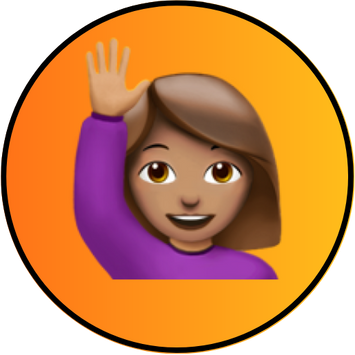Do You Need UI/Visual Design Skills?
Hey everyone! Joe here, and today I’m tackling a question I’ve been asked quite a bit: Do you need UI/visual design skills for a UX role? The short answer: it depends. But I’ll break it down for you in detail.
First things first, it’s crucial to consider what kind of UX role you’re aiming for. Are you a junior designer, a specialist, or more of a generalist? Let’s dive into each scenario:
1. UI Design Roles: A Definite Yes
If you’re aiming for a UI design role, the answer is crystal clear – you absolutely need UI and visual design skills. UI designers are the hired as experts who can create visually appealing, user-friendly interfaces. Obviously, these skills are a must.
2. Specialist Roles under the UX Umbrella: Not Necessarily
Now, let’s talk about specialist roles that fall under the broader UX umbrella – roles like UX research, information architecture, or strategy. While these roles are indeed part of UX, they’re not heavy on UI and visual design. So, in most cases, you won’t need strong UI skills. However, there’s a catch: to succeed in these roles, you’ll need to be a true specialist, so job opportunities might be limited, especially for junior designers.
3. Generalist UX Design Role: The Need Is Evolving
In the past, UX designers often focused more on wireframes and left the UI and visual design to dedicated UI designers. But today, the landscape has changed. Companies are reevaluating the ROI of UX design, leading to smaller design teams. This means that generalist UX designers are wearing multiple hats, including UI and visual design. So, even if UI isn’t the primary focus, it’s essential to have these skills in your toolkit.
Why is this shift happening? Three key reasons:
1. Changing Design Teams: Companies are scrutinizing their design teams more closely to prioritize roles that contribute directly to product outcomes. As a result, UX designers are expected to take on a broader set of responsibilities, including UI design.
2. Modern Tools and Resources: Tools and resources have made designing usable interfaces more accessible than ever. With platforms like Figma and extensive design communities, you have all the resources at your disposal to level up your UI skills.
3. Polished Design Matters: When showcasing your work, even if UI isn’t your primary focus, it’s crucial that your designs look polished and professional. Hiring managers may question your ability to design great experiences if your work appears amateurish.
The good news?
You don’t need to be a design virtuoso to succeed in a UX role. You should aim to create usable, consistent, and clear interfaces. Focus on the fundamentals, master the basics, and refine your skills over time. Google’s Material Design guidelines, for example, offer invaluable resources you can learn from and use in your projects.
In conclusion, if you’re a junior UX designer eyeing a generalist role, it’s advisable to develop some UI/visual design skills. These abilities will not only expand your job opportunities but also ensure that you can create polished interfaces that align with modern design expectations.
So, don’t shy away from UI and visual design – embrace them as essential tools in your UX arsenal. Happy designing!

